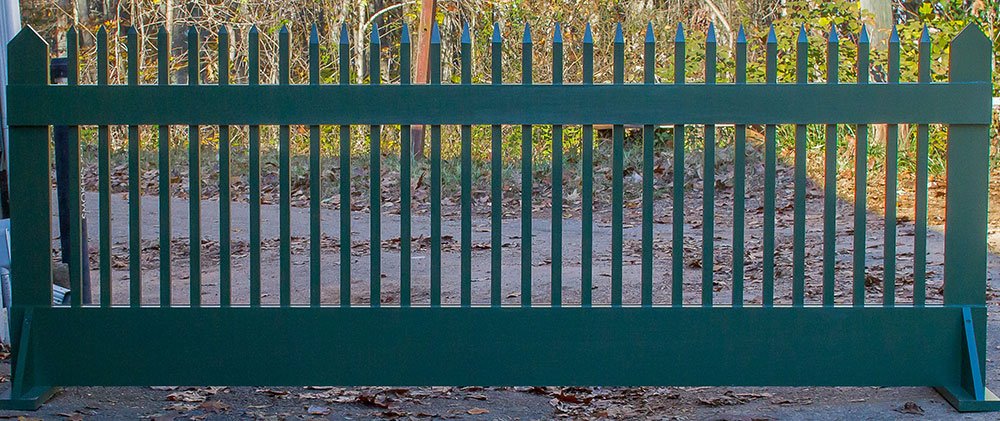Saving Monticello: The Newsletter
The latest about the book, author
events, and more
Newsletter Editor - Marc Leepson
Volume XIII, Number 8 August
1, 2016
LIFE, LIBERTY, AND
THE PURSUIT OF HAPPINESS AT THOMAS JEFFERSON’S MONTICELLO: That’s
the unoriginal, if accurate, title of a long-ish article by Julee Morrison that
appeared in The Huffington Post July 6. In it, Morrison, who writes the Mommy’s
Memorandum blog, offers a breezy, upbeat look at the visit she and her family
paid to Jefferson’s Essay in Architecture a month ago, along with a little bit
of Jefferson and Monticello history.
Morrison first mentions Uriah Levy while discussing
Jefferson’s tombstone. She correctly notes that UPL, as I wrote in Saving Monticello, “moved the tombstone up
to the house” because unbidden visitors had taken one too many chippings out of
it as souvenirs. Morrison, in her section on Mulberry Row, does not mention the
fact that Uriah Levy’s mother Rachel is buried there, despite including a
picture of the Visitor Center exhibit’s images of Uriah, Rachel, and Jefferson
Levy.
There are just a few lines about Monticello’s post-Jefferson
history of the place. “About 10 years after the former President’s death in
1826, Uriah P. Levy purchased Jefferson’s run down estate that was almost in
ruin,” Morrison correctly notes. “He began a long and costly program of
renovation and restoration, including the purchase of an additional 2,500 acres
adjoining the historic property.” Not exactly.
When
UPL bought Monticello from James Turner Barclay in 1834, it consisted of just
218 acres (Barclay had sold off more than 300 acres in the three years he’d
owned it). During the next twenty-five years, Uriah Levy did buy hundreds of
acres near Monticello, but none adjacent to it. When he died in 1862,
Monticello contained the same 218 acres that it had when Levy bought it from
Barclay.
UPL’s nephew, Jefferson Levy, also bought (and sold) hundreds
of acres around Monticello. When he sold it to the Thomas Jefferson Foundation
in 1923, the Monticello property itself was made up of 640 acres. Since then,
the Foundation has expanded the property considerably. Today, Monticello,
contains some 2,500 acres, including the former Jefferson holdings of Tufton
and Shadwell.
Morrison ends her post by saying: “After Levy’s death in
1862, his will directed that Monticello - the house and property - be left ‘to
the people of the United States.’ The government declined the offer.”
There are, however, two
other (fairly minor) errors: Monticello is in Charlottesville, not Charleston. And
the “nickel view” Morrison writes about is the one seen from the “back of the
house,” as there is no “back.”
Thomas Jefferson officially named the two entrances the “East
Front” and “West Front.” The latter is the “nickel view.”
To read the entire article, go to huffingtonpost.com/julee-morrison
EVENTS: I am working with the copy editor on next
book, a biography of Barry Sadler, “The Ballad of the Green Berets” guy, which
will come out in March of next year. I soon will be doing a lot more speaking engagements
on all of my books, including Saving
Monticello.
The only event I have scheduled for August is a talk I will on
Sunday, August 28, at 2:00 p.m. at
the Graffiti House, the visitors center at the Brandy Station Civil War
Battlefield in Brandy Station, Virginia, between Warrenton and Remington, in
Fauquier County. My talk on Francis Scott Key and my biography, What So Proudly We Hailed is free and
open to the public. For more info, go to brandystationfoundation.com
Please email me if you’d like to arrange an event for Saving Monticello—or for any of my other
books, including my Francis Scott Key, biography, What So Proudly We Hailed, and Lafayette:
Idealist General, my concise bio of the Marquis de Lafayette, and my
upcoming Barry Sadler biography (title coming soon) —at marc527psc@aol.com For more details on
other upcoming events, go to http://bit.ly/SMOnline
That’s the “Author Events” page on my website, marcleepson.com
Facebook,
Twitter: If you’re on Facebook, please send me a friend request. If
you’re on Twitter, I’d love to have you as a follower.
Gift
Ideas: If you would like a
personally autographed, brand-new paperback copy of Saving Monticello, e-mail me at Marc527psc@aol.com
Or go to this page of my website: marcleepson.com/signedbooks.html
to order copies through my local bookstore, Second Chapter Books in Middleburg,
Virginia.
We also have copies of Desperate
Engagement, Flag, Lafayette, and What So Proudly We Hailed.
























